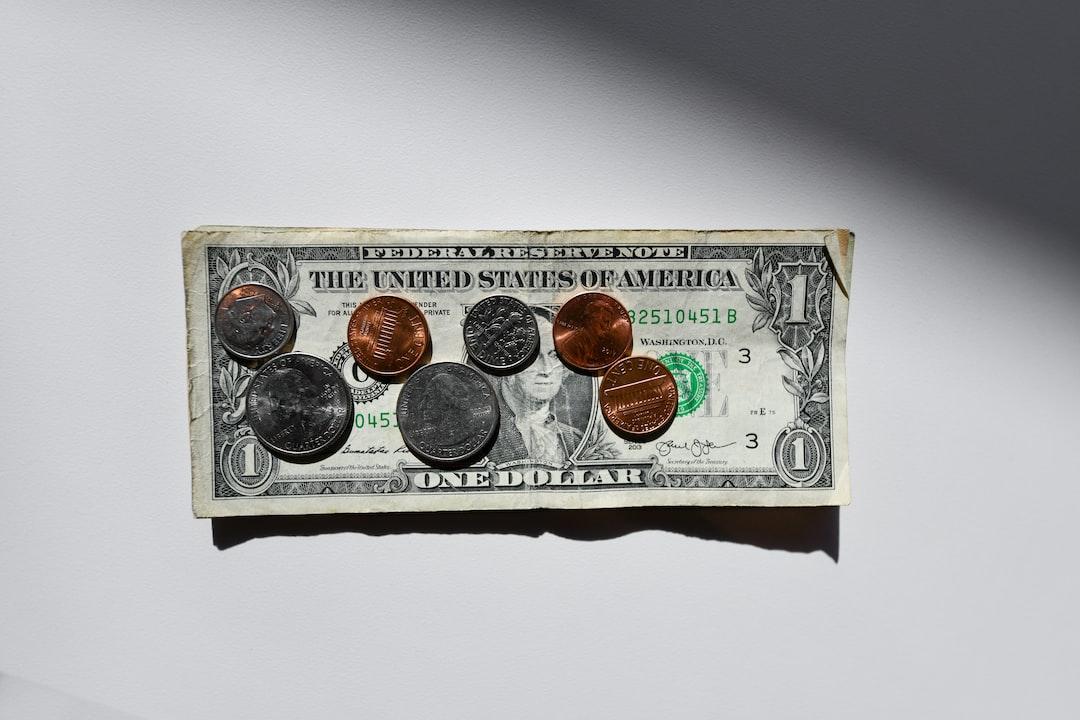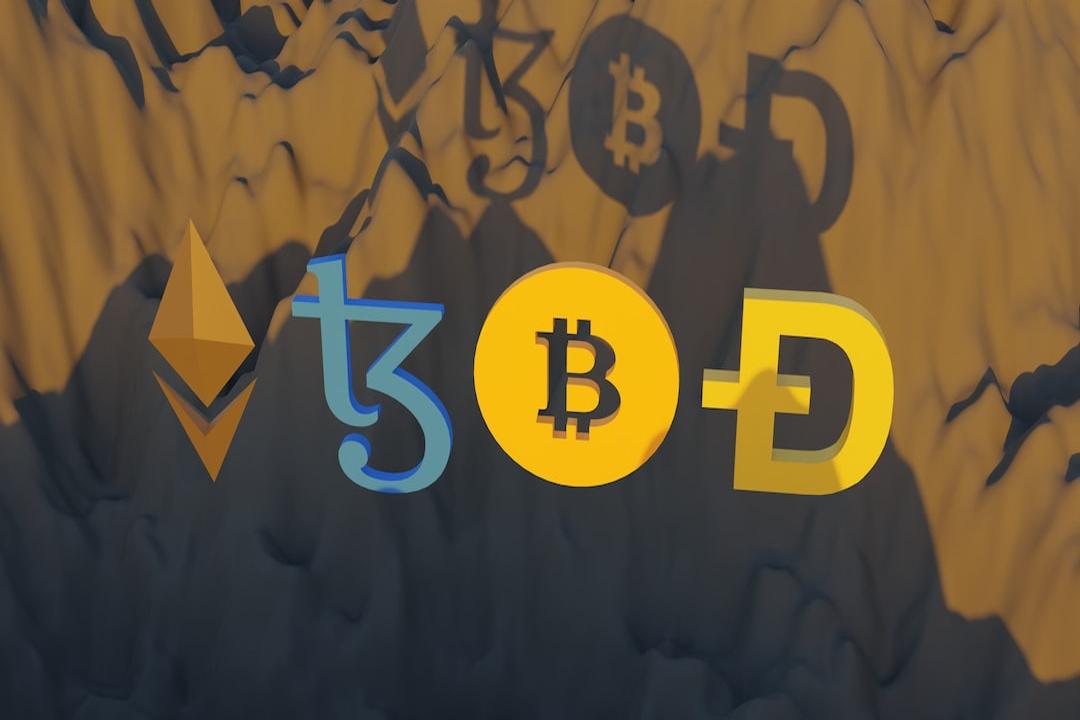Japan’s Debt Market Turmoil: 40-Year Bond Prices Plunge Over 20%
For a long time, Japan has relied on massive purchases by the central bank to support its bond market, and the impact of this “big buyer’s” exit is gradually taking effect in the market. The value of 40-year Japanese government bonds has plummeted by over 20% in the past six weeks, with yields soaring to 3.5%. The dilemma of excessive structural debt, sluggish economic growth, and shrinking real wages raises the question: “Is Japan the next Greece?”
Japan’s Debt Market Turmoil: 40-Year Bond Prices Plunge Over 20%
The financial media outlet Kobeissi Letter highlights that in just one and a half months, the yield on 40-year Japanese government bonds skyrocketed from 2.3% to 3.5%, resulting in a more than 20% drop in bond prices. This surge in yields is not merely a market adjustment but a sharp rebound after years of suppression. Similarly, the yield on 30-year government bonds surged by 100 basis points within 45 days, reaching a historic high of 3.2%.


For Japan’s typically low-volatility government bonds, this is a highly unusual phenomenon that could shake international investors’ confidence in Japan’s fiscal stability.
Bank of Japan Supports Bonds for Years, Now Crisis Emerges
The core of this storm is believed to be the shift in the Bank of Japan (BOJ) policy. For many years, the BOJ has been the largest buyer and stabilizer in the market through its quantitative easing (QE) policy. However, with rising inflation and increasing pressure for policy normalization, the BOJ has begun to gradually reduce its purchasing volume with the initiation of quantitative tightening (QT) in 2024, leading to an immediate manifestation of structural imbalances in the market.


According to Bloomberg data, the BOJ currently holds as much as “52%” of Japanese government bonds, far exceeding the proportions held by life insurance companies (13.4%), commercial banks (9.8%), and pension funds (8.9%). In other words, the Japanese bond market has essentially become a “distorted structure” that heavily relies on central bank support.
Japan’s Debt Reaches $7.8 Trillion, Ranking Among Top Five Debt Countries
The current total debt of the Japanese government stands at $7.8 trillion, with the debt-to-GDP ratio surpassing 260%, setting a historical high, making Japan one of the top five most indebted countries globally, and twice that of the United States. This has led Prime Minister Kishida Fumio to admit in parliament: “Our fiscal situation is even worse than Greece.”


Recently, the auction of 20-year Japanese government bonds showed a lackluster response, with evident insufficient demand, further highlighting that investors no longer view Japanese bonds as “low-risk assets.” Instead, they are hesitant, not wanting to be the “greater fool” once the BOJ pulls back: as bond demand declines, prices fall, and yields rise, the government’s financing costs will rapidly increase, triggering a “vicious cycle of bond yields.”
(Is the Federal Reserve Helpless? Ray Dalio Reveals Risks Behind U.S. Debt Rating Downgrade: “Inflation” is the real default)
It is not hard to see that as the market begins to reassess sovereign risk and the central bank is no longer a solid backstop, the sustainability of Japan’s debt will face significant challenges.
Weakening Economy, Rising Inflation, and Falling Real Wages: Japan Enters Stagflation
Even more severe, Japan’s real GDP declined by -0.7% in the first quarter of 2025, significantly below market expectations. Meanwhile, the consumer price index (CPI) in April saw a year-on-year increase of 3.6%, with the core CPI rising 0.7% month-on-month, marking the largest increase in nearly a year, indicating that the country’s economy is trapped in a typical state of “stagflation.”

Equally concerning is that Japan’s real wages decreased by 2.1% year-on-year, hitting a two-year low, showing that the purchasing power of the public is rapidly eroding, making domestic demand recovery even more difficult. This “rising inflation, declining wages, and stagnant growth” scenario is one of the warning signs that preceded Greece’s fiscal crisis.
(UBS: Asian billionaires shift assets towards gold, cryptocurrencies, and the Chinese market while reducing dollar holdings)
The Dilemma Facing the Bank of Japan: QT and QE Both Lead to Dead Ends?
Now, the Bank of Japan’s situation can only be described as a dilemma; whether it implements QT or QE, the BOJ will face unbearable costs. Firstly, if it continues with its quantitative tightening plans, reducing the monthly purchase amount will trigger a further surge in government bond yields. Estimates suggest that for every 0.5 percentage point increase in yields, the market will incur bond paper losses of 58 trillion yen, which could crush the capital adequacy ratios of some banks and pose systemic risks to the financial system.
However, if the BOJ chooses to reverse course and restart quantitative easing to suppress yields, the consequences will also be difficult to bear: restarting QE will inevitably further devalue the yen, exacerbating imported inflation pressures and raising international investors’ concerns about Japan’s fiscal discipline and the independence of its central bank.
This dilemma highlights the structural distortions in Japan’s bond market and the long-term consequences of years of loose monetary policy. When the central bank no longer has the luxury of “infinite buying,” the real market risks are just beginning to surface.
The Beginning of the Bond Market Bubble Burst: What Japan Has Taught Us?
For many years, the market has been accustomed to the stable dream of the Bank of Japan’s unconditional buying. However, as the BOJ begins to withdraw, the structural risks in the Japanese bond market and the truth of its fiscal deficits have finally come to light. Today, Japan faces a triple dilemma similar to that of Greece years ago: excessive debt, economic contraction, and loss of domestic confidence.
(Ray Dalio warns that the global order is facing a once-in-a-century collapse: a storm of debt, currency, politics, and tariffs intertwines)
This is not only a problem for Japan but may also be a preview of the future for other highly indebted economies: “When the central bank can no longer act as a savior, the real risks will begin to be priced in by the market.”
Risk Warning
Investing in cryptocurrencies carries a high degree of risk, and their prices can be highly volatile. You may lose all your principal. Please assess risks cautiously.

